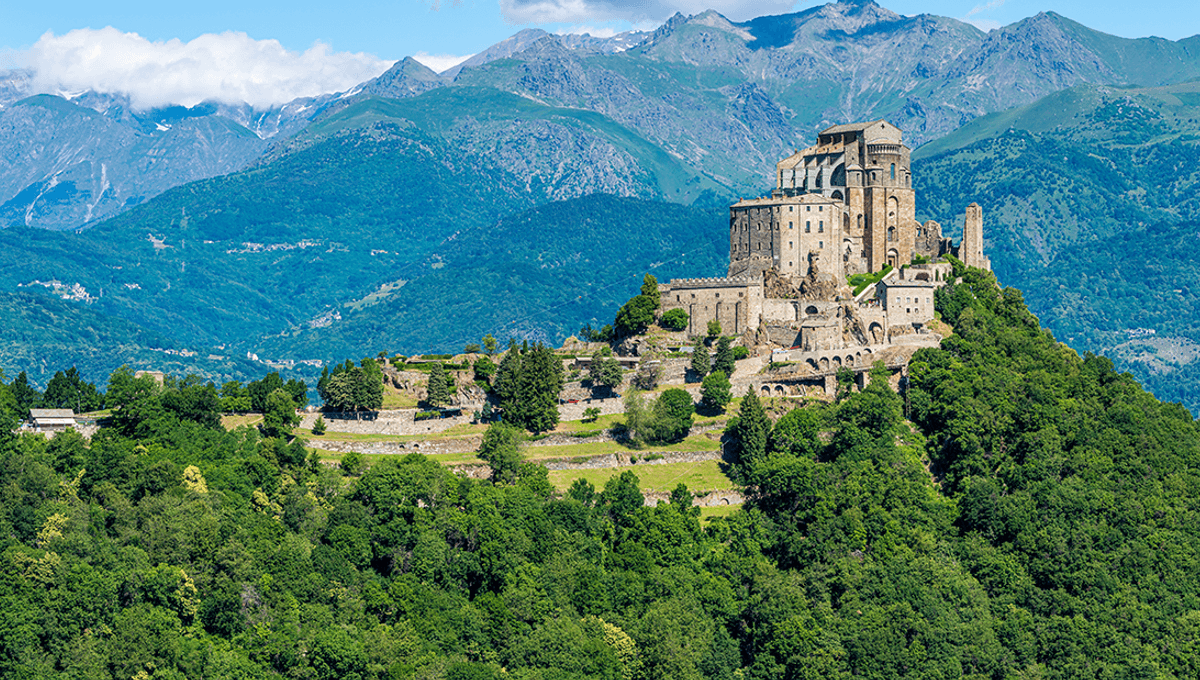
Around 200 million years ago, Earth’s last supercontinent Pangea began to break apart, with plate tectonics slowly moving the continents into the world we recognize today.
Plate tectonics was only discovered relatively recently. Though German meteorologist Alfred Wegner first proposed continental drift in 1912 – and hypothesized that the continents were once joined in a supercontinent he named Pangea – it took until the 1960s and new tech such as echo sounders and magnetometers before scientists studying ocean ridges could explain the processes behind the movement of the crust.
Since then, scientists have put together models of plate tectonics, incorporating new data and have found the occasional new continent. In 2019, one team looked at the Mediterranean region, known for being particularly complex geologically.
“It is quite simply a geological mess: everything is curved, broken, and stacked,” principal researcher Douwe van Hinsbergen, Professor of Global Tectonics and Paleogeography at Utrecht University’s Department of Earth Sciences, explained in a statement. “Compared to this, the Himalayas, for example, represent a rather simple system. There you can follow several large fault lines across a distance of more than 2000 km.”
Investigating the area from Spain to Iran over ten years and reconstructing it, they found that southern Europe has been sat on top of a chunk of continental crust around the size of Greenland, which separated from Africa over 200 million years ago.
“Forget Atlantis. Without realising it, vast numbers of tourists spend their holiday each year on the lost continent of Greater Adria,” the statement explained.
While most of the lost continent became subducted into the mantle, pieces of the crust – in particular sedimentary rocks – now make up the Apennine mountains, parts of the Alps, the Balkans, Greece, and Turkey.
“Most mountain chains that we investigated originated from a single continent that separated from North Africa more than 200 million years ago,” Van Hinsbergen added.
Though you won’t see most of the continent without scuba gear, with coral reefs being deposited above some of the lost continent, a small part of it remains visible.
“The only remaining part of this continent is a strip that runs from Turin via the Adriatic Sea to the heel of the boot that forms Italy.”
Other lost continents include Zealandia, which was recently sampled after sinking 100 to 80 million years ago.
The study is published in Gondwana Research.
Source Link: Tourists May Have Spent Their Holiday On The Lost Continent Of Greater Adria "Without Realizing It"